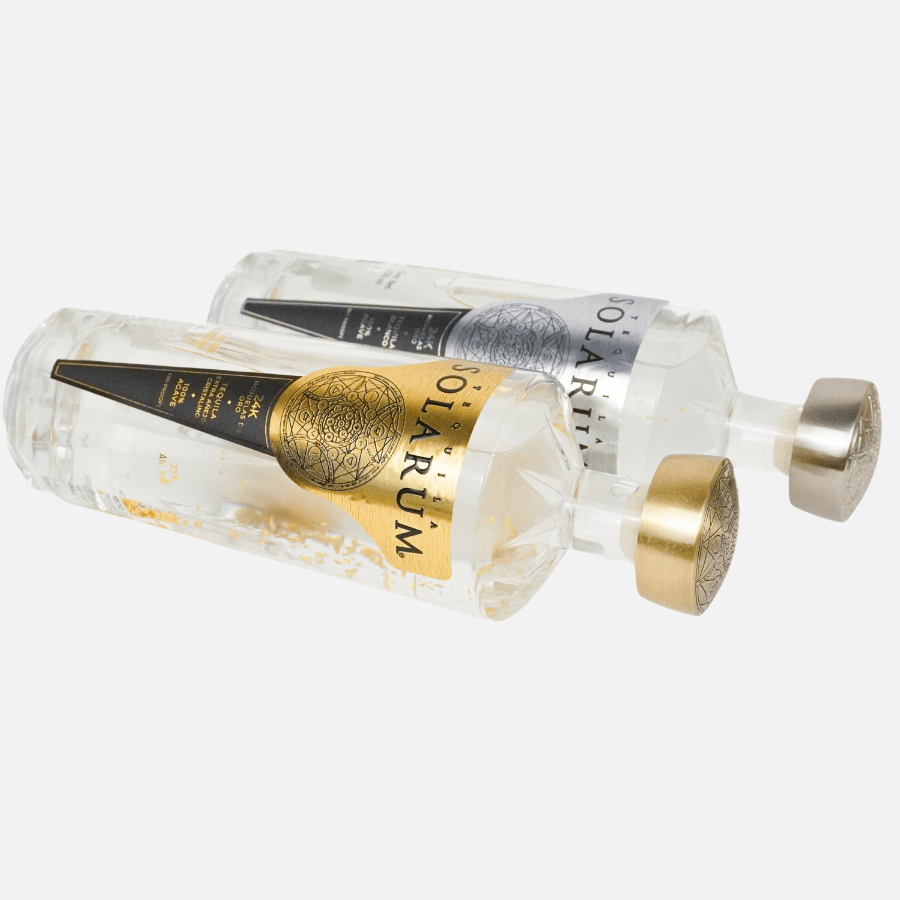What is Tequila Made From?
Tequila, one of the most iconic spirits in the world, is deeply rooted in Mexican heritage and culture. It’s a staple in bars globally, often associated with celebrations, shots, and classic cocktails like the Margarita and the Paloma. But have you ever stopped to wonder: what exactly is tequila made from? The answer is more fascinating and specific than most might assume.
The Primary Ingredient: Blue Weber Agave
Tequila is made from a plant, not a grain or fruit like many other spirits. The sole ingredient at the heart of tequila is Blue Weber Agave (Agave tequilana), a succulent native to Mexico. This plant is not a cactus, as often mistaken, but a member of the lily family. It has spiky leaves that radiate from a central core and can grow up to 7 feet tall.
Blue agave is cultivated specifically in designated regions of Mexico, primarily the state of Jalisco and a few surrounding areas. The reason for this restriction isn’t just tradition — it’s law. According to Mexican regulations and international agreements, for a spirit to be legally called tequila, it must be made from Blue Weber Agave and produced in these certified regions.
The Growing Process
Growing blue agave is a labor-intensive and time-consuming process. The plants are grown in volcanic soil and take 6 to 10 years to reach maturity. During this time, they absorb nutrients from the soil, develop natural sugars, and build the flavor profile that will later define the tequila.
Farmers who cultivate agave are known as “jimadores.” They have deep knowledge of when an agave plant is perfectly ripe for harvesting. When it’s ready, the jimador uses a special tool called a coa (a sharp, flat-bladed instrument) to trim the leaves and extract the heart of the plant, known as the piña because it resembles a pineapple.
From Piña to Tequila: The Production Process
The production of tequila involves several critical steps:
1. Cooking the Piñas
Once harvested, the piñas are transported to distilleries where they are cooked, traditionally in brick ovens called hornos, or more commonly today, in large stainless steel autoclaves. Cooking softens the tough fibers and converts complex carbohydrates into fermentable sugars.
2. Extraction
After cooking, the piñas are crushed to extract their sweet juice, called aguamiel (honey water). This is done using a tahona (a large stone wheel) or modern mechanical shredders. The juice is separated from the fibrous pulp and collected for fermentation.
3. Fermentation
The extracted juice is poured into fermentation tanks, often made of wood or stainless steel. Here, natural or added yeasts convert the sugars into alcohol. This process can take several days and is influenced by temperature, yeast type, and even the altitude of the distillery.
4. Distillation
The fermented liquid, now called mosto, is distilled — usually twice — in copper or stainless steel stills. The first distillation separates solids and produces a low-alcohol liquid called ordinario. The second distillation refines the spirit to a higher proof, resulting in clear tequila.
5. Aging (Optional)
At this stage, tequila can be bottled as-is or aged to develop more complex flavors. Tequila is categorized based on how long it is aged:
-
Blanco (Silver): Unaged or aged for up to 2 months.
-
Reposado: Aged for 2 months to 1 year in oak barrels.
-
Añejo: Aged for 1 to 3 years.
-
Extra Añejo: Aged for over 3 years.
Each aging process imparts different flavor notes — from peppery and citrusy in Blancos to smooth, rich, and woody in Extra Añejos.
100% Agave vs. Mixto
Not all tequila is created equal. 100% Agave Tequila is made entirely from Blue Weber Agave and is considered higher quality. On the other hand, Mixto Tequila can include up to 49% other sugars (like cane sugar) during fermentation. Mixtos are generally less expensive and often used in mixed drinks, but they can also lead to harsher flavors and bigger hangovers.
Always check the label: if it says “100% de agave,” you’re getting a purer, more authentic product.
The Importance of Terroir
Much like wine, tequila’s flavor is influenced by its terroir — the geography, soil, and climate of the region where the agave is grown. Tequila from the highlands (Los Altos) tends to be sweeter and fruitier, while tequila from the lowlands (El Valle) is often more earthy and peppery. This regional distinction adds another layer of complexity to tequila tasting and appreciation.
Conclusion
Tequila is much more than a party drink — it is a spirit steeped in tradition, craftsmanship, and agricultural devotion. At its core, tequila is a pure expression of a single plant: Blue Weber Agave. From the careful cultivation and harvest to the cooking, fermenting, and aging processes, each step contributes to the final product that finds its way into your glass.
So the next time you sip a tequila — whether neat, on the rocks, or in a cocktail — take a moment to appreciate the plant, the people, and the process behind this uniquely Mexican spirit.


